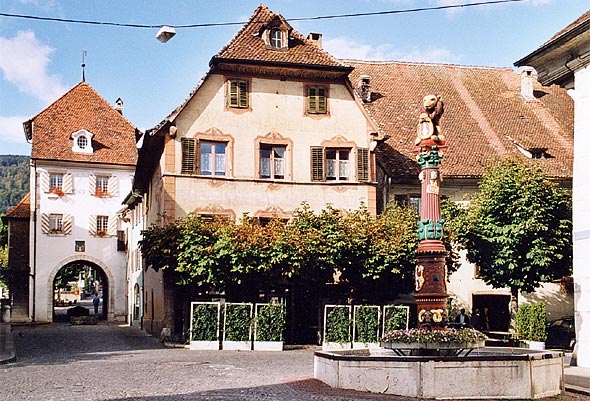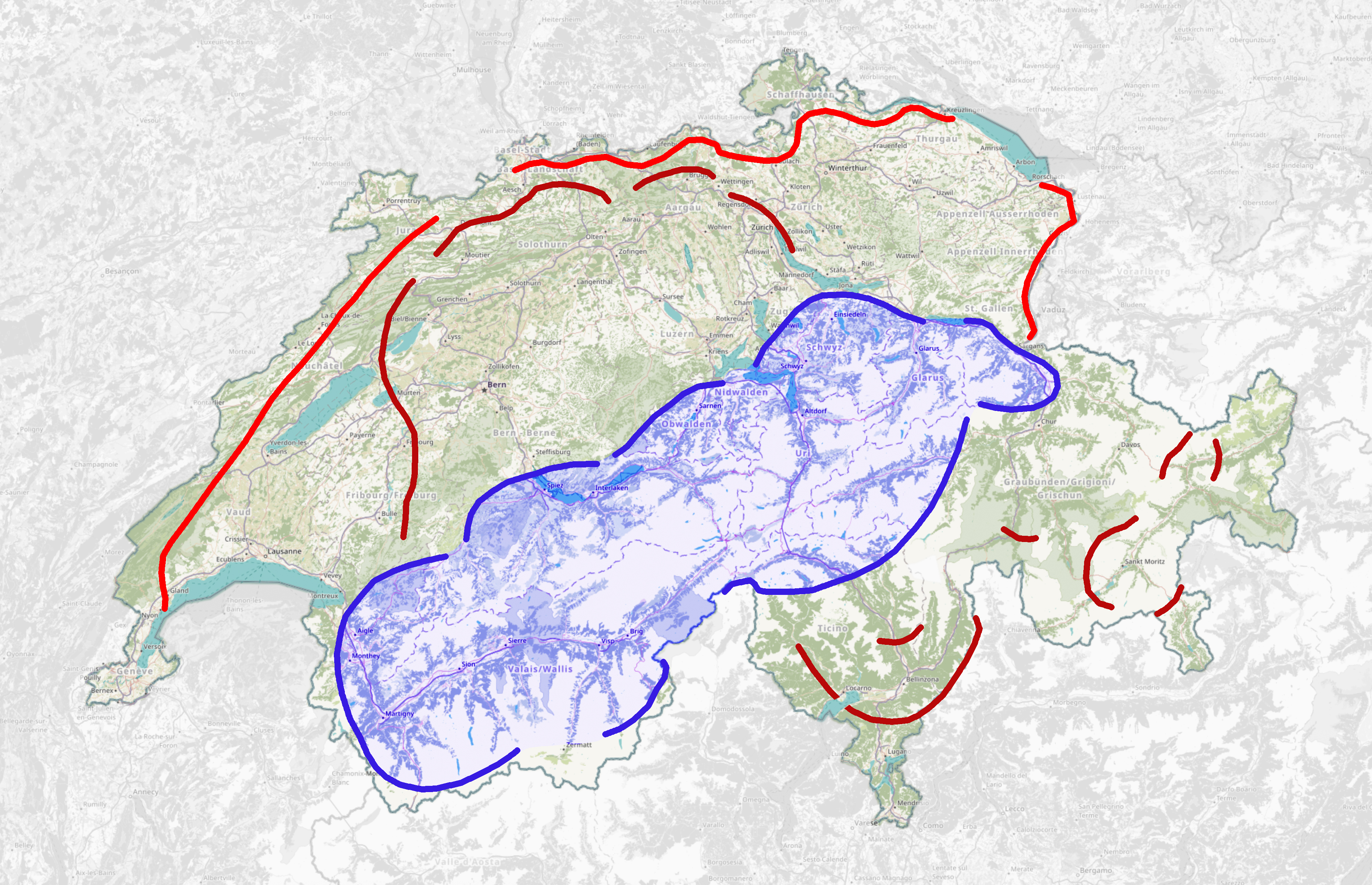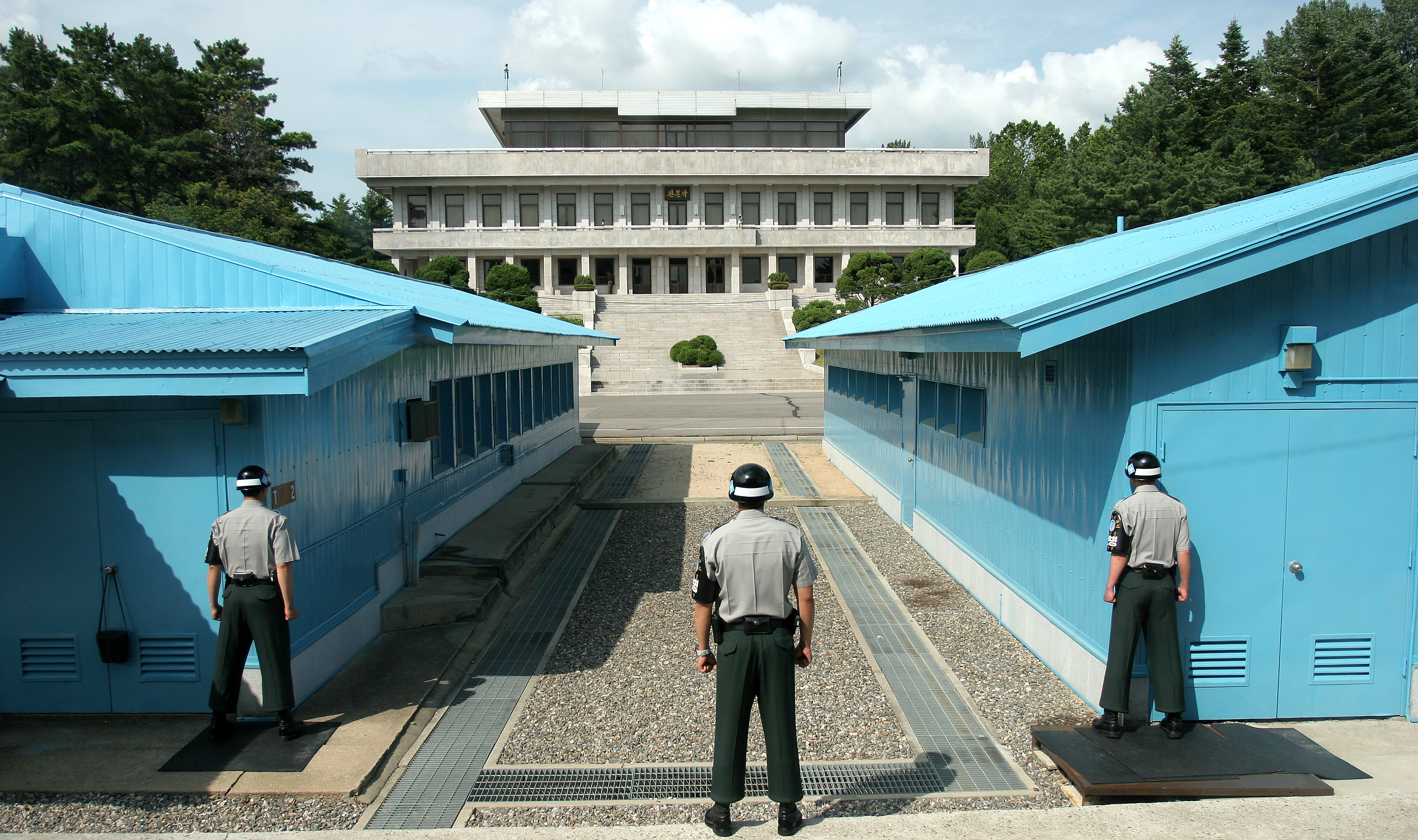|
Fort De Plainbois
The Fort de Plainbois is a twentieth-century Swiss fortification located at the east end of the Jura Mountains near the Swiss border with France. It was a component of the Swiss Border Line of defenses. Built between 1937 and 1939, it was armed with two artillery blocks for 75mm guns and additional machine gun blocks. All are camouflaged. Deactivated as a military post in the 1990s, it has been offered for sale by the Swiss Defense Forces. The Fort de Plainbois is located to the east of Delémont It is part of the Border Line defenses built by Switzerland in the late 1930s, prior to a shift in Swiss priorities to the National Redoubt in the Alps The Alps () ; german: Alpen ; it, Alpi ; rm, Alps ; sl, Alpe . are the highest and most extensive mountain range system that lies entirely in Europe, stretching approximately across seven Alpine countries (from west to east): France, .... Two artillery casemates containing 75mm guns comprised the fort's main armament.Kau ... [...More Info...] [...Related Items...] OR: [Wikipedia] [Google] [Baidu] |
Border Line (Switzerland)
The Border Line defenses of Switzerland were constructed in the late 1930s in response to increasing tensions between Switzerland and its neighbours, chiefly the Axis powers of Germany and Italy. The Border Line was planned to slow or hold an invading force at the border. It consisted of a series of bunkers spaced at short intervals along the French, German and Austrian borders. The bunkers were reinforced by larger multi-blockhouse forts at key points. Most of the positions were within two or three kilometers of the frontier. Description The Border Line bunkers were spaced between and along the northern border of Switzerland.Kauffmann, pp. 155-156 A number were integrated into bridge crossings of the Rhine and other rivers. The large forts were armed with 75mm artillery and anti-tank weapons, and were usually built into the forward slope of a hill. The blockhouses were connected and supported by an underground gallery system giving access and shelter to underground barracks, ... [...More Info...] [...Related Items...] OR: [Wikipedia] [Google] [Baidu] |
Switzerland
; rm, citad federala, links=no). Swiss law does not designate a ''capital'' as such, but the federal parliament and government are installed in Bern, while other federal institutions, such as the federal courts, are in other cities (Bellinzona, Lausanne, Lucerne, Neuchâtel, St. Gallen a.o.). , coordinates = , largest_city = Zurich , official_languages = , englishmotto = "One for all, all for one" , religion_year = 2022 , religion_ref = , religion = , demonym = , german: link=no, Schweizer/Schweizerin, french: link=no, Suisse/Suissesse, it, svizzero/svizzera or , rm, Svizzer/Svizra , government_type = Federal assembly-independent directorial republic , leader_title1 = Federal Council , leader_name1 = , leader_title2 = , leader_name2 = Viktor Rossi , legislature = Federal Assembly , upper_house = Counci ... [...More Info...] [...Related Items...] OR: [Wikipedia] [Google] [Baidu] |
Jura Mountains
The Jura Mountains ( , , , ; french: Massif du Jura; german: Juragebirge; it, Massiccio del Giura, rm, Montagnas da Jura) are a sub-alpine mountain range a short distance north of the Western Alps and mainly demarcate a long part of the French–Swiss border. While the Jura range proper (" folded Jura", ''Faltenjura'') is located in France and Switzerland, the range continues as the Table Jura ("not folded Jura", ''Tafeljura'') northeastwards through northern Switzerland and Germany. Name The mountain range gives its name to the French department of Jura, the Swiss Canton of Jura, the Jurassic period of the geologic timescale, and the Montes Jura of the Moon. It is first attested as ''mons Iura'' in book one of Julius Caesar's ''Commentarii de Bello Gallico''. Strabo uses a Greek masculine form ''ὁ Ἰόρας'' ("through the Jura mountains", ''διὰ τοῦ Ἰόρα ὄρους'') in his ''Geographica'' (4.6.11). Based on suggestions by Ferdinand de Saussure, ... [...More Info...] [...Related Items...] OR: [Wikipedia] [Google] [Baidu] |
Delémont
Delémont (; fc, D'lémont; german: Delsberg, ) is the capital of the Swiss canton of Jura. The city has approximately 12,000 inhabitants . History The area of the municipality was already settled in the middle Bronze Age. Fifteen urn burials have been discovered in the municipality. There were late Bronze Age settlements south and west of the modern city. Several Iron Age buildings have been discovered south of town. There is also evidence of a Roman settlement, including a Gallo-Roman mausoleum and a small cache of coins. One or possibly several villas in the area may indicate the existence of a vicus near the town. The first historic mention of the name dates from 736 to 37 as ''Delemonte''. In 1131, the first mention of the German name ''Telsperg'' was recorded. It is also mentioned as Laimunt (1181) and Deleymunt (1225). The name is a combination of the Germanic ''Tello'' or ''Dagili'' with the Latin word ''mons'' for ''mountain''. Since the 7th century, the region ... [...More Info...] [...Related Items...] OR: [Wikipedia] [Google] [Baidu] |
National Redoubt (Switzerland)
The Swiss National Redoubt (; ; ; ) is a defensive plan developed by the Swiss government beginning in the 1880s to respond to foreign invasion. In the opening years of the Second World War the plan was expanded and refined to deal with a potential German invasion. The term "National Redoubt" primarily refers to the fortifications begun in the 1880s that secured the mountainous central part of Switzerland, providing a defended refuge for a retreating Swiss Army. The National Redoubt encompassed a widely distributed set of fortifications on a general east-west line through the Alps, centering around the major fortress complexes of St. Maurice, St. Gotthard, and Sargans. These fortresses primarily defended the alpine crossings between Germany and Italy and were outside the industrialized and populated regions of Switzerland. These regions were defended by the "Border Line", and the "Army Position" somewhat farther back. While not intended as an impassable barrier, these lines con ... [...More Info...] [...Related Items...] OR: [Wikipedia] [Google] [Baidu] |
Alps
The Alps () ; german: Alpen ; it, Alpi ; rm, Alps ; sl, Alpe . are the highest and most extensive mountain range system that lies entirely in Europe, stretching approximately across seven Alpine countries (from west to east): France, Switzerland, Italy, Liechtenstein, Austria, Germany, and Slovenia. The Alpine arch generally extends from Nice on the western Mediterranean to Trieste on the Adriatic and Vienna at the beginning of the Pannonian Basin. The mountains were formed over tens of millions of years as the African and Eurasian tectonic plates collided. Extreme shortening caused by the event resulted in marine sedimentary rocks rising by thrusting and folding into high mountain peaks such as Mont Blanc and the Matterhorn. Mont Blanc spans the French–Italian border, and at is the highest mountain in the Alps. The Alpine region area contains 128 peaks higher than . The altitude and size of the range affect the climate in Europe; in the mountains ... [...More Info...] [...Related Items...] OR: [Wikipedia] [Google] [Baidu] |
Border Line Fortifications Of Switzerland
Borders are generally defined as geographical boundaries, imposed either by features such as oceans and terrain, or by political entities such as governments, sovereign states, federated states, and other subnational entities. Political borders can be established through warfare, colonization, or mutual agreements between the political entities that reside in those areas. Some borders—such as most states' internal administrative borders, or inter-state borders within the Schengen Area—are open and completely unguarded. Most external political borders are partially or fully controlled, and may be crossed legally only at designated border checkpoints; adjacent border zones may also be controlled. For the purposes of border control, airports and seaports are also classed as borders. Most countries have some form of border control to regulate or limit the movement of people, animals, and goods into and out of the country. Under international law, each country is generally permitt ... [...More Info...] [...Related Items...] OR: [Wikipedia] [Google] [Baidu] |





